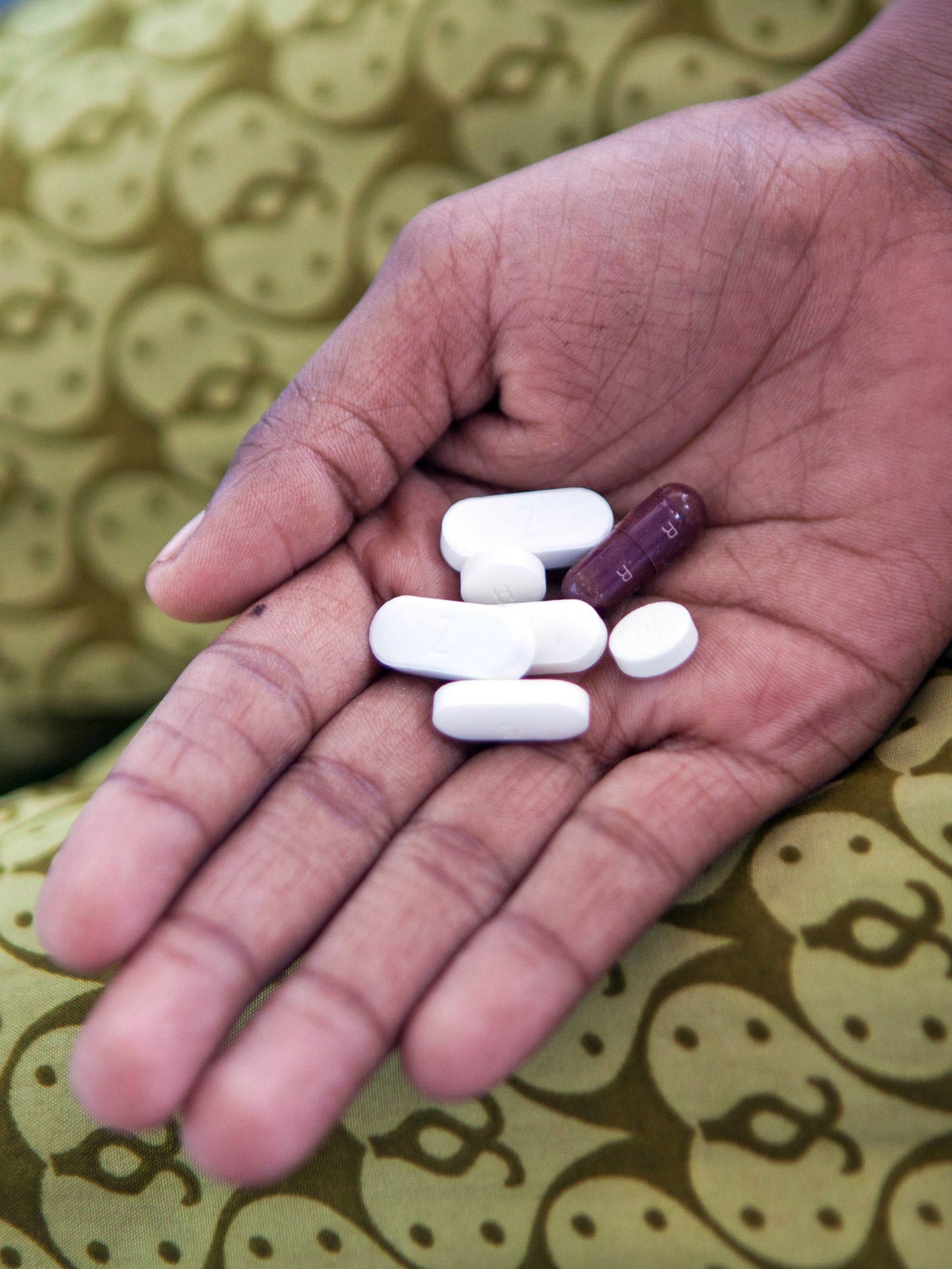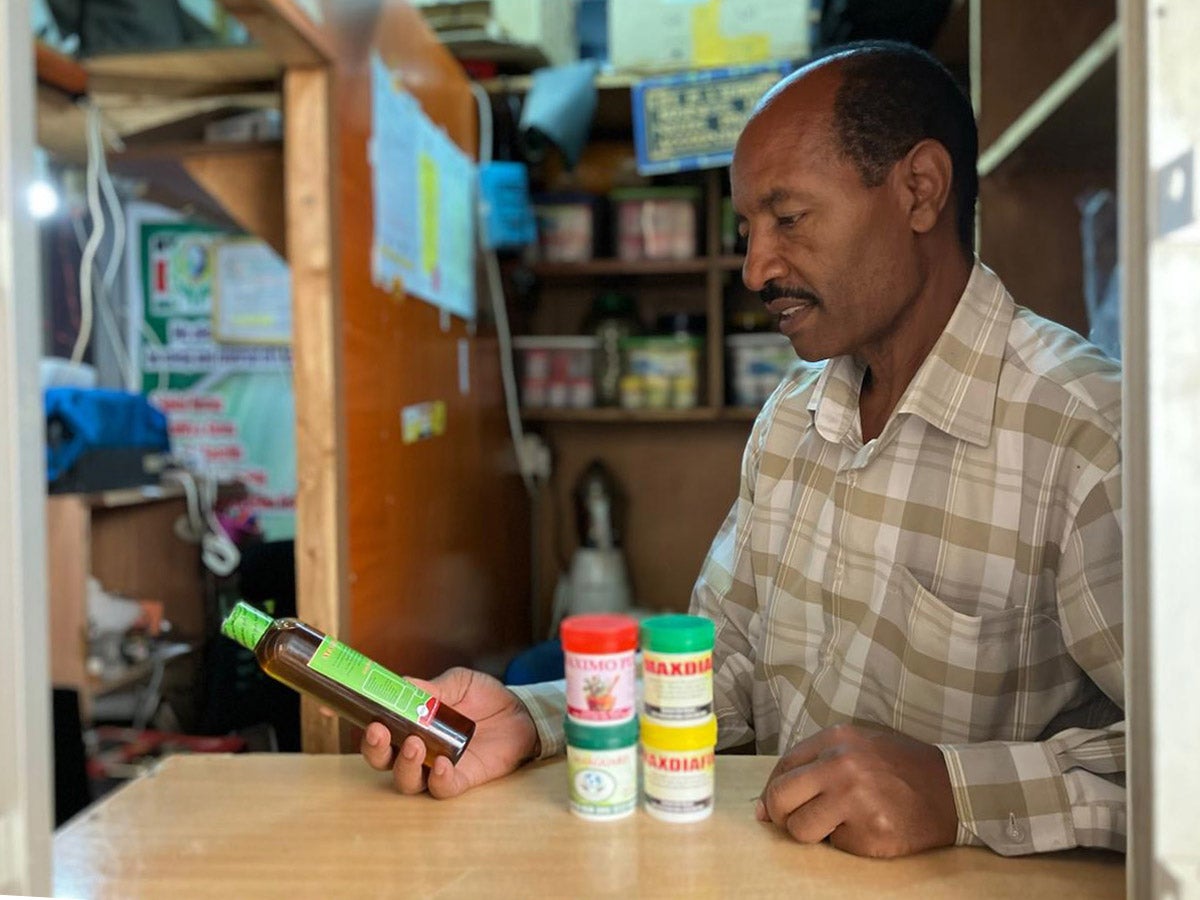
Feature
The battle against tuberculosis will be won or lost in India
The battle against tuberculosis will be won or lost in India, home to more than one-fourth of the world’s tuberculosis infections in 2023 and 17 percent of deaths from the disease. After years of progress against TB, India is backsliding, and the government’s official target of ending TB—that is, reducing infections by 90 percent—by 2025 is unachievable, say doctors and activists.
“Far from elimination, the entire program is floundering, and we do not have even a modicum of control [of tuberculosis] at the community level,” says Yogesh Jain, a physician who runs Jan Swasthya Sahyog, a community health program in rural Bilaspur, Chhattisgarh. Jain says the fight against TB was “upended by COVID-19.” Plagues shape other plagues, and the pandemic meant shifting resources away from TB and other diseases, a change that also weakened the health system. “We cannot even do the basic task of getting medicines to patients; forget active surveillance or treating latent TB,” Jain says. “The poorest people are the most miserable,” he adds. Some 80 percent of the country’s TB cases involve people in the lowest income quintile.
Tuberculosis kills more people in India than any other infectious disease. India also has the highest burden of people with drug-resistant TB, with 119,000 cases reported in 2021, out of 2.8 million total. TB is not the only infectious disease that India is struggling to contain. It may have the largest number of people with HIV, which is also on the rise; the country reported 60,000 new cases in 2021. The prevalence of both diseases has likely increased because of frequent drug shortages.
The reversal is astonishing, says Ganesh Acharya, a TB activist. “We are forgetting the meaning of airborne pandemics right after getting out of one,” he says. “It is like we have learnt nothing.” He calls it “a situation of complete apathy” on the part of the government. Government officials did not respond to requests for comment.
Sign up for Harvard Public Health
Delivered to your inbox weekly.
India’s TB response went into a tailspin because of three main factors: widespread shortages of drugs, failure to implement the latest WHO-recommended approaches, and the seeming inability of the government to respond to the worsening situation. Observers say shortages of drugs are especially frustrating in a country that is the world’s leading producer of medicines. India makes drugs used to treat the disease variants that respond to antibiotics, known as drug-sensitive TB, and the ones that must be treated with stronger drugs, known as drug-resistant TB. But the country’s drugmakers also supply international groups and foreign countries, and they cannot necessarily respond quickly to changes in need within India. In a cruel irony, Indian patients faced shortages while Indian-made medicines were being shipped abroad to organizations like the Global Drug Facility.
Between 2019 and 2024, the country saw three nationwide shortages of treatments for drug-sensitive TB, which patients must take over a six-month period. Last year, shortages spread to the drug cocktails used to treat drug-resistant TB variants. These courses of treatment can run for two years, and they often have serious side effects.
The shortages were acute in September 2023, when global health leaders attending the United Nations General Assembly gathered for a high-level meeting on TB. That session ended with a renewed commitment to eliminate the disease globally by 2030. Meanwhile, Indian TB patients were on social media decrying their inability to get drugs. Indian government officials, speaking on condition of anonymity, expressed an uneasy sense of déjà vu. A similar problem had unfolded during the pandemic. Through April 2021, India delivered more than 66 million doses of vaccines to 95 countries, more than it used domestically in vaccinating only four percent of its own population. When the Delta variant emerged that fall, killing 2.7 million Indians in four months, India’s government curtailed exports for several months, one of multiple developments hampering pandemic response around the world that fall.
Production challenges are not the only issue. At least one promising new TB treatment was until recently stuck in bureaucratic red tape. A revolutionary treatment for drug-resistant TB called BPaL had a 90 percent cure rate in a clinical trial and did not cause deafness, a side effect of existing treatments. The Central Drugs Standard Control Organisation, India’s drug regulator, approved BPaL in 2020. But the Indian health ministry was slow to publish national guidelines for the treatment, even after the WHO urged countries to transition to BPaL in 2023. That same year, India’s health ministry ran a successful pilot involving 400 patients at 13 hospitals. But while 75 other countries were introducing the new drug, India did not move forward until its National TB Elimination Programme (NTEP) finally announced on August 10 that it would begin rolling out the drug. Officials did not respond to questions about the delay. But it came about a month after the appointment of Soumya Swaminathan, the WHO’s chief scientific officer during the pandemic, as an advisor to the NTEP, a move that some in India see as a sign that the country is working to improve its response to the disease.
The Indian government has the power to take other actions, notably to address undernutrition. Being undernourished is one of the biggest underlying risk factors for TB infections, because it both weakens the immune system and makes it difficult for people not to throw up their TB medications. RATIONS, a landmark study published in 2021 with follow-ups in 2023, found that TB incidence could be cut by nearly half simply by providing food baskets along with TB medicines. “Undernutrition is not a phenomenon that will go away,” says Anurag Bhargava, a professor at Yenepoya Medical College in Mangalore and the principal investigator of the RATIONS trial. He adds that the United States Agency for International Development implemented pilots in two districts of Madhya Pradesh, which were also seeing favorable results. India’s government in 2018 began providing TB patients with some food support but has so far not expanded that initiative, despite the trial results.
India is also at odds with the WHO, and the dispute is damaging the global fight against TB. Relations chilled in 2022, when the WHO released country-by-country data on excess mortality from COVID-19 and placed deaths in India at 4.7 million, nearly 10 times the country’s officially reported figure of 480,000. India was the only nation of the 194 in the WHO report to contest the mathematical models used to arrive at these figures.
Indian leaders were conspicuously absent from last fall’s multilateral TB gathering at the UNGA in New York. The global leaders—the WHO’s STOP TB Partnership as well as organizations like the Bill & Melinda Gates Foundation—have praised the Modi government for sticking to its 2025 commitment. But Chapal Mehra, the convenor of Survivors against TB, says, “[I]f we have no drugs, no budgets for expansion, and there is no justice … will that commitment translate to anything?” Experience suggests it will not—global TB targets have been set (1991), reset (2000), revised (2011–15), and woven into Millennium Development Goals (2015).
Right now, every U.N. global milestone for TB is lagging behind expectations. Reducing deaths is short by 56 percent, reducing cases by 41 percent, and making treatment affordable by 49 percent. India’s lapses are part of the reason for these shortfalls. Tuberculosis has always been an important litmus test for global health, revealing failures of policymakers decade after decade as perhaps no other plague does. India is not alone in seeing increases in TB; the disease is on the rise in Europe, in part because of the war in Ukraine, and in the United States, where California and New York have seen hot spots fuelled in part by budget cuts affecting efforts to fight infectious-disease outbreaks. India’s failures are not to blame for these occurrences, but raise concerns about health systems left understaffed and overwhelmed by the pandemic.
It would help if the international community could rally around TB the way it did around HIV/AIDS in the 1990s, says Robyn Waite, an independent researcher and TB advocate. She says India today resembles the situation in South Africa during the height of the AIDS crisis—patients left without medicines, families ruined, communities compromised, while the government insists that things are under control. In that time of crisis, HIV also affected people in high-income countries, making it easier to marshal resources, she says. TB has some global allies, but, Waite says, “there aren’t many people in high-income countries with recent experiences of TB to support the cause in the same way.”
The situation is especially frustrating because “India can be a model for the world, a country with enormous—though maldistributed—resources and incredible ingenuity,” says Carole Mitnick, a TB researcher and professor of global health and social medicine at Harvard Medical School. Indian activists agree that the country has the tools needed to drastically reduce infections and the logistical know-how to organize mass elimination campaigns. Instead, Indian patients can find themselves stuck in a drug desert.
Physicians like Jain say they too often face impossible choices in deciding which patients should get scarce doses of medication. “When we cannot even guarantee the reliable supply of medicines, we play havoc with the lives of patients,” he says.
Global TB intervention cannot succeed without the world’s most populous country taking the lead in combating the illness. Until India again is making substantial progress against the disease, prospects for a world without TB look bleak.
Image: Tuberculosis medications at a clinic in Delhi, India. Supply shortages have been an ongoing problem in the country. (Andrew Aitchison / Alamy)



